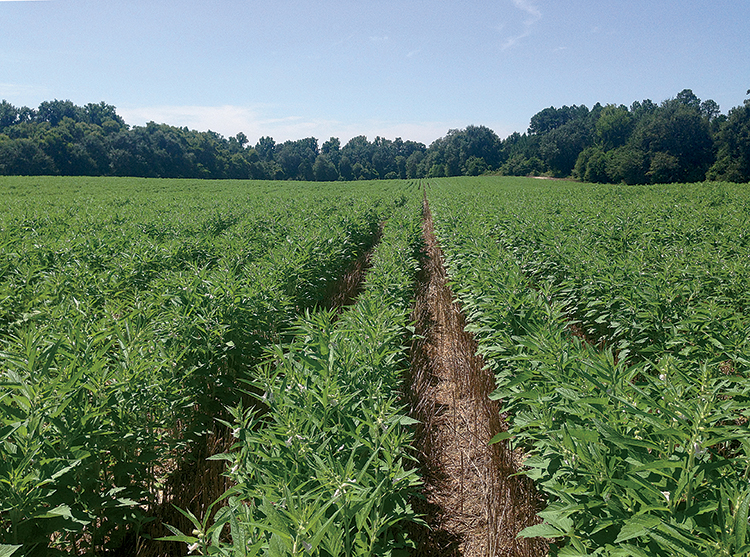Home > Arkansas > Arkansas Crops & Livestock > Arkansas is Sesame Savvy
Arkansas is Sesame Savvy

It’s likely that sesame seed production doesn’t get much thought, if any. Arkansas agriculture has been built on beds of cotton, corn, rice and soybeans – until now. Acreage devoted to sesame production has risen sharply in the southeastern United States by more than 85,000 acres, from 2,500 in 2012 to 90,000 in 2014, according to crop acreage data from theUnited States Department of Agriculture’s Farm Service Agency.
“Up until five years ago, roughly 98 percent of farmers in the mid-south and southeast had little to no idea about the crop,” says Erick Scott, territory field representative and agronomist for Sesaco Corp., which is responsible for the development of the “only shatterproof resistant sesame there is.” This allows it to be harvested with machinery instead of by hand.
Grown in only 3 to 5 percent of the states, primarily in drier climates, such as Texas, Arizona, Oklahoma and New Mexico, sesame is suddenly proving to be an attractive, and potentially lucrative, crop for Arkansas farmers.
“Growers have been looking for ways to reduce input cost, and sesame is a really low-input-cost crop,” says Scott, adding that sesame generally ranges from $130 to $230 per acre, a fraction of what it costs to produce cotton at $650 and even soybeans at $350. Yet, it’s a high-value cash crop, particularly as U.S. demand for sesame soars. Used in everything from hummus to sesame seed buns, Scott says today’s American consumers are more savvy about where their food comes from, making U.S. producers that much more appealing. “It will offer a very good return on investment.”
Sesame is also attractive because its deep root system requires very little water, allowing farmers to try it on dry, sandy acreage where they weren’t having much luck with other crops. It is also unappealing to natural predators, and a nonhost crop for insects and diseases that impact traditional row crops.
“It helps with nematodes,” says Forrest Grisham, a farmer who has planted sesame on 150 of his 1,750 acres for two years. “We were having trouble growing much in those areas for different reasons, so we thought we’d give it a try. In my personal opinion, in those areas, it’s probably the best looking crop we’ve had.”



